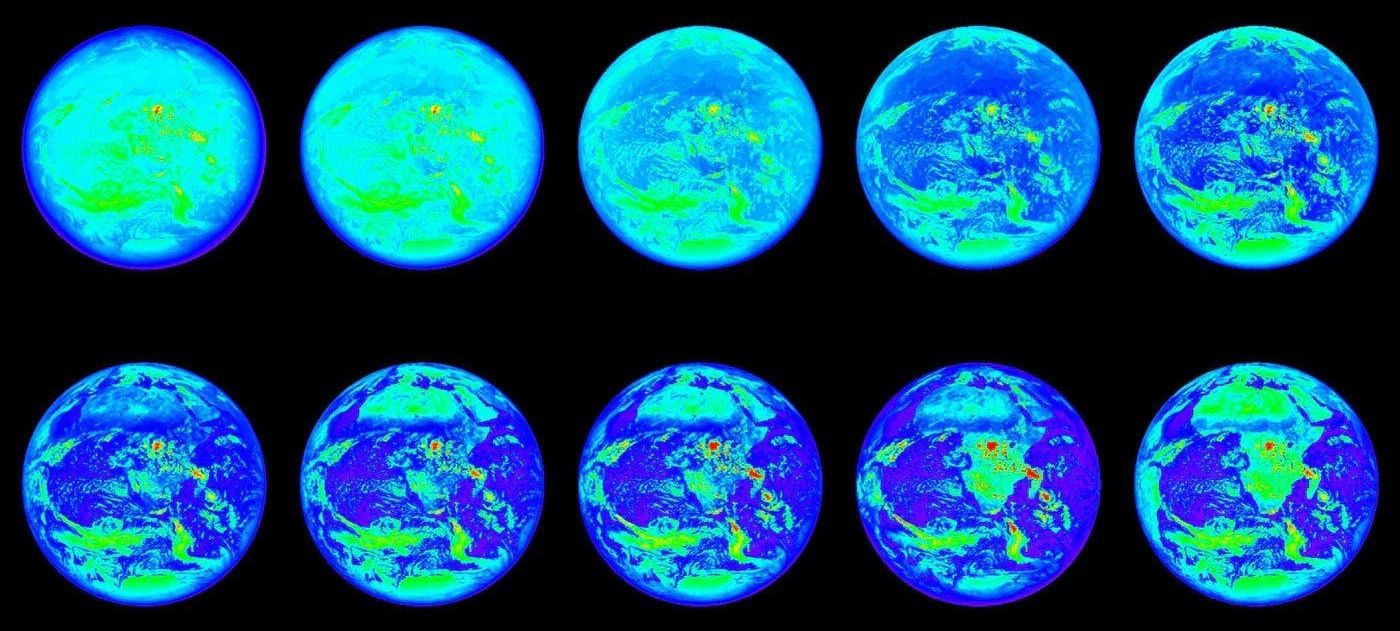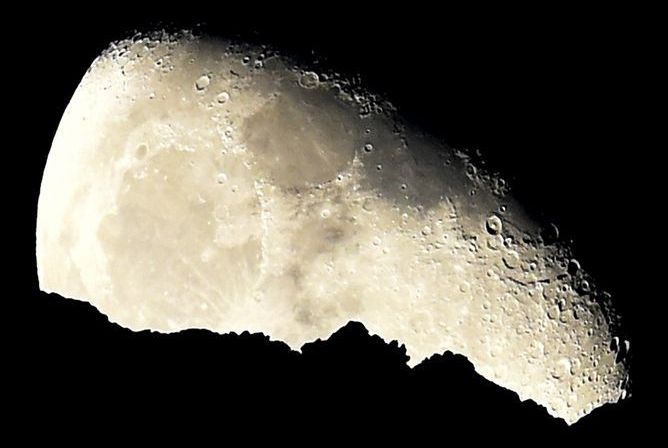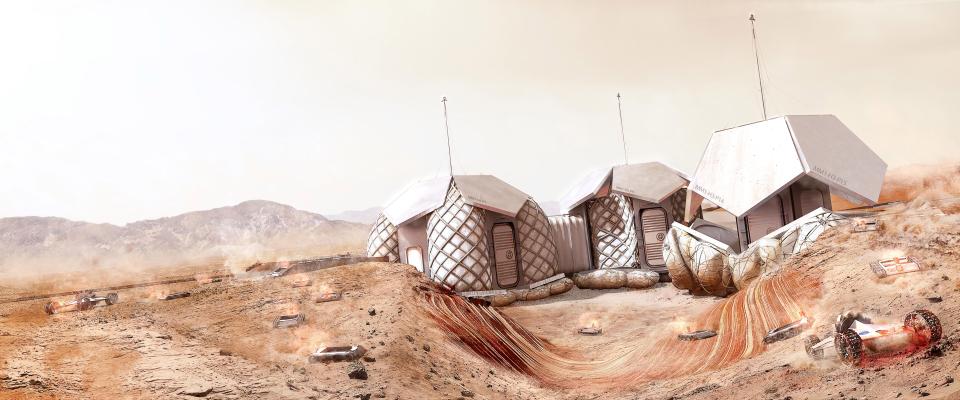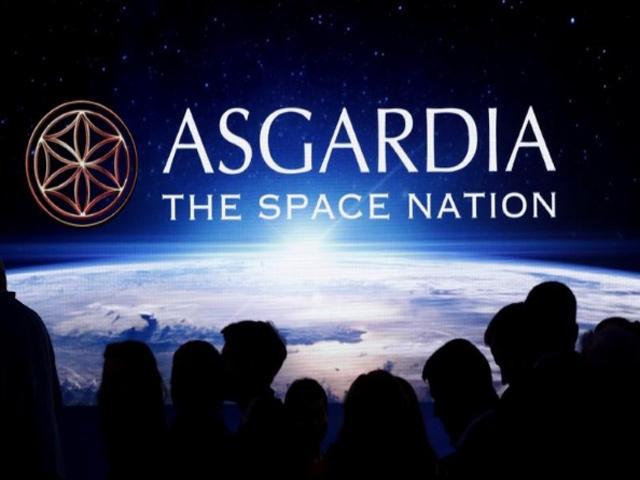Because space is the new frontier, we will have a SPACE FORCE!




A Russian billionaire has held a lavish ceremony at a castle in Austria to declare himself the leader of a new, independent “space nation” called Asgardia.
A Russian billionaire who dreams of one day living in space holds a lavish ceremony at a castle in Austria to declare himself the leader of a new, independent space nation called Asgardia.

Humans aren’t the only ones who have harnessed the power of electricity. Some bacteria do this, too, by producing structures that extend from their surface like wires to transfer electrons over distances. Now, scientists at NASA’s Ames Research Center in California’s Silicon Valley are exploring this phenomenon to see if they can make use of these special microbes to perform essential functions on future space missions — from generating electricity to treating wastewater or producing medicines. With an experiment launching to the International Space Station, researchers will see whether the microbes work the same in space as they do on Earth.
To appreciate the rare abilities of the bacterium in question, called Shewanella oneidensis MR-1, you have to know what moving electrons around has to do with life. The transfer of electrons from one molecule to another is essential to all organisms, because it allows for the production of energy they need to survive. One reason that humans depend on oxygen is that this energy-producing chain reaction inside our cells is powered by transferring electrons to molecules of oxygen. The same goes for anything else that breathes oxygen, including Shewanella. But what makes this microorganism special is that it also has a back-up system that kicks in when the environment is low on oxygen. Shewanella keeps calm and carries on producing energy by using metals, like iron and manganese, instead.


ELON MUSK wants to plump humans on Mars by 2024 and the first batch of settlers could live in 3D-printed home pods that pack hologram computers.
You’ll be able to tour the Red Planet habitat in virtual reality and view a scale model of the sci-fi living space at the Goodwood Festival of Speed next month.
Ever wish you could visit other planets in our solar system without launching on a deep-space mission? Now you can embark on an interplanetary adventure right from the palm of your hand, thanks to gorgeous, 3D-printed planet models and an augmented-reality (AR) app.
Brought to you by AstroReality, the same company that created the “Lunar” AR moon model and its new Earth counterpart, this set includes miniature models of all eight planets and one model of the dwarf planet Pluto. Each model is 1.2 inches (3 centimeters) in diameter and color-printed with a resolution of 0.1 millimeter per pixel.
Without the AR app, you can admire detailed features such as Pluto’s “heart” and Jupiter’s Great Red Spot. But the real extraterrestrial adventure begins when you open the AstroReality app (available for iOS and Android) on your mobile device and point the camera at any of the nine models. [Our Solar System: A Photo Tour of the Planets].

Within 4–5 years Made In Space believes their Archinaut space manufacturing robot and manufacturing mini factory will be making large structures like trusses and reflectors in space.
The Archinaut has an industrial-sized 3D printer, cartridges full of plastics and alloys, and robotic arms programmed to assemble the big items extruded by the printer without any human supervision. All Archinaut parts are able to survive in microgravity and harsh conditions like lunar dust storms and extreme temperatures.